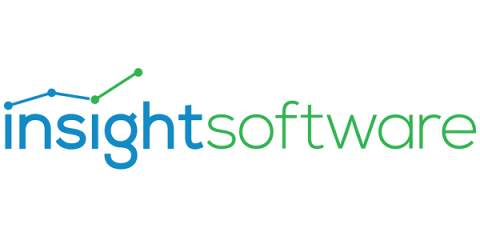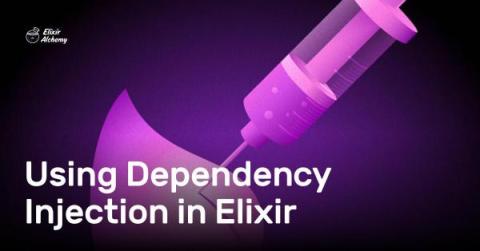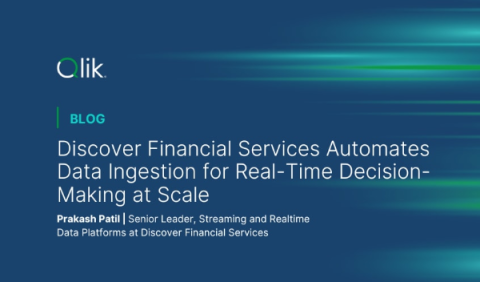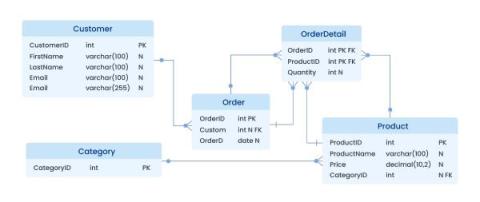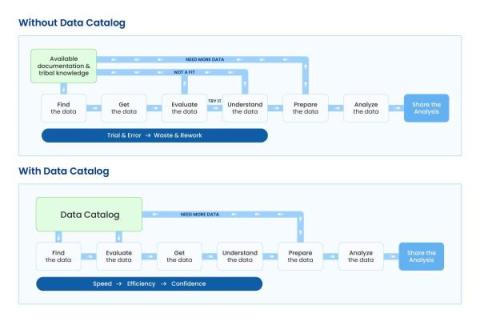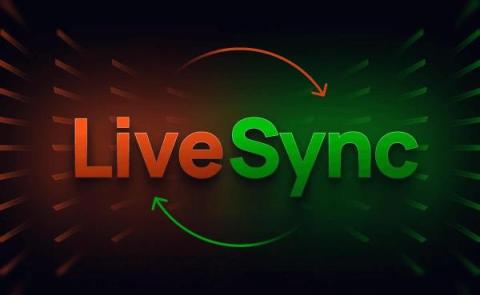ReadyAPI - Overview
An overview of ReadyAPI, a desktop application that contains three main modules. These modules provide users with the ability to create and maintain functional, security and performance tests, while also providing users with the ability to create and maintain virtual services.




